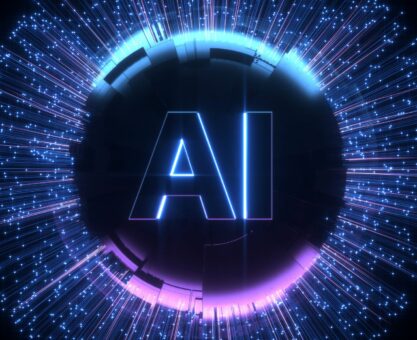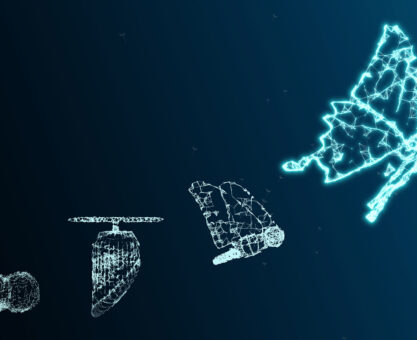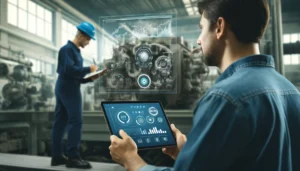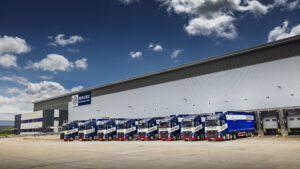The trend towards adopting remote services has been one that many field service organisations have been embracing, even more so during the Covid-19 pandemic which forced the hand of many organisations to turn to remote solutions as a means of keeping service delivery moving.
Outside of such turbulent times, field service companies who adopted such solutions often found significant benefits.
For Varian, a manufacturer n the med-tech space one of the major benefits of having remote access to their assets in the field is the ability to greatly enhance the triage process. In fact, the use of remote diagnostic tools is now a critical part of their diagnosis process.
“One of the key things that I try to do in my organisation, being responsible for servicing and software tools is to improve the triage process by leveraging machine data,” explained Peter Deeming, Service Tools Manager.” Typically when a customer calls to report a problem, they may be vague about the specifics of the fault which doesn’t help too much with fault identification!
“Using our remote diagnostics tools to try and get some facts from the machine directly. We can look at the log files and see what has actually happened and we can get a pretty good description of the fault that has actually occurred on the machine.
“This assists our help desk staff with fault diagnosis, and if a site visit is required it means that the engineer then goes to site with a far better idea of what they are going to face when they get there.”
This is of course a major win-win scenario. The customer gets their assets up and running much faster, while Varian can increase their first-time-fix rates – a critical KPI for all field service organisations.
Indeed, the ability to harness data from assets in the field via the Internet of Things is an increasingly important facet of field service management. In doing so forward looking organisations are under-pinning much of their service delivery strategies. This is the case for Oil and Gas engineering experts VBR Turbines.
“This helps for the first time fix rate and in reducing the downtime of the assets, but additionally, it also helps reduce the training period of our field service engineers…”
– Patrick Jansen, VBR Turbines
“What we have done is to create our own IoT system, which we divided this across two systems,” Patrick Jansen, Field Service Manager, VBR Turbines explained.
“One is for remote assistance so we can log in to help a customer via remote solutions and we also use Augmented Reality as part of this process. The other is for data diagnostics. This is where we gather data from the assets and then use degradation curves with predictive algorithms to predict required maintenance interventions to improve the condition of the assets. We are now starting to implement machine learning to make that next technical leap.”
One of the interesting aspects to how VBR Turbines have embraced the IoT is the multiple touch points that the asset data covers which extend beyond fault diagnosis.
“We enable not only our field service engineers but also our customers to diagnose an issue before any service visit,” Jansen adds.
“This helps for the first time fix rate and in reducing the downtime of the assets, but additionally, it also helps reduce the training period of our field service engineers because we can send out relatively inexperienced engineers confident that they can handle the job.
“Compared to how we used to operate, which was to train people for three years before we could send them out alone, has really shifted the way we work.”
Want to know more? There is an Executive Briefing from this Field Service Think Tank Session which is available in the premium content library.















